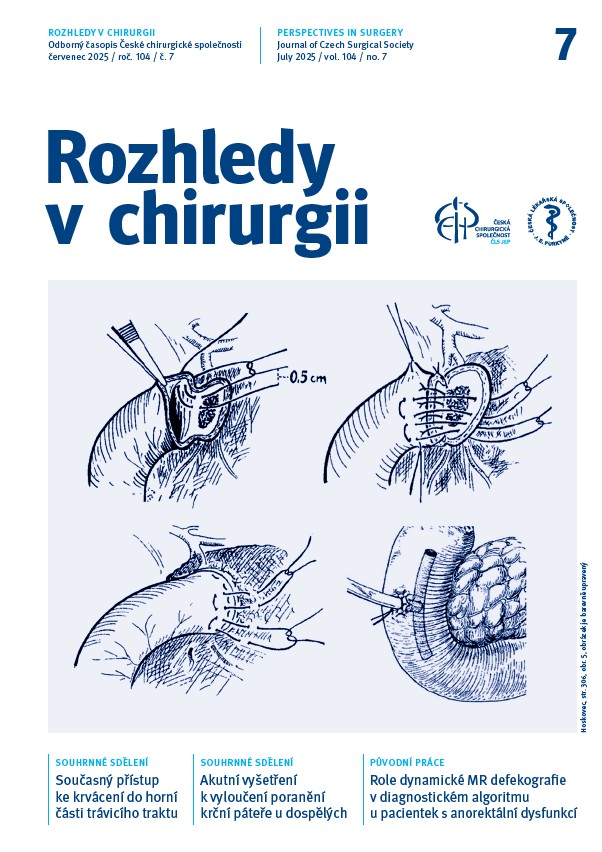Abstract
Background: Upper gastrointestinal bleeding is a relatively common but potentially fatal medical emergency. Many medical disciplines are involved in the diagnosis and treatment of this condition. The patients are usually admitted primarily to surgical wards and the attending surgeon is responsible for management of the patients. Surgery may also be an ultimatum refugium when less invasive treatments fail.
Objective: The aim of this study is to review the current practice in the management of patients with upper gastrointestinal bleeding based on a literature review and our own experience in the management of these patients.
Conclusions: Upper gastrointestinal bleeding is a relatively common emergency. It is a hemorrhage whose the source is proximal to the ligament of Treitz. The diagnosis and treatment require a multidisciplinary approach. Today, endoscopy plays a key role in the diagnosis and treatment. The correct timing of each step is essential for patient survival. This article provides a clear summary of the current recommended procedures from initial resuscitation, fluid therapy, administration of blood substitutes, adjustment of coagulation parameters in patients on anticoagulant and antithrombotic therapy, endoscopic diagnostic and therapeutic options, and procedures for recurrent bleeding, including angiointervention and surgical treatment, with a main focus on nonvariceal bleeding.
doi: 10.48095/ccrvch2025300


